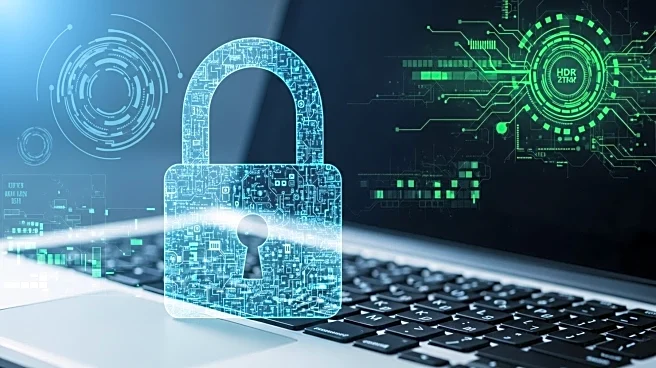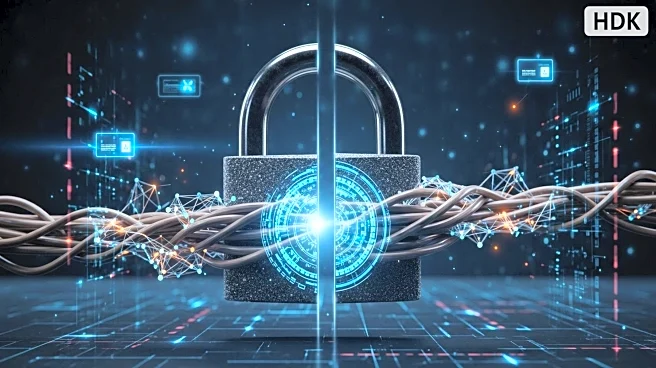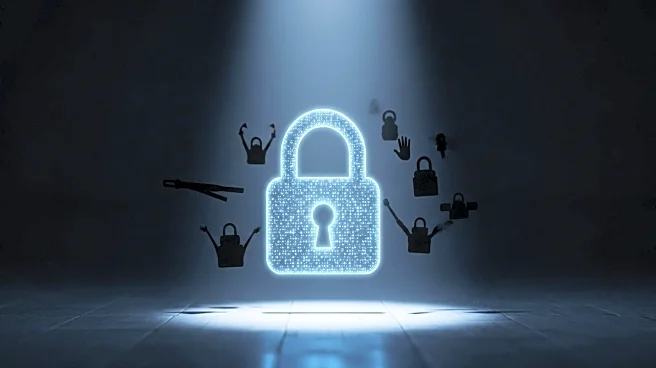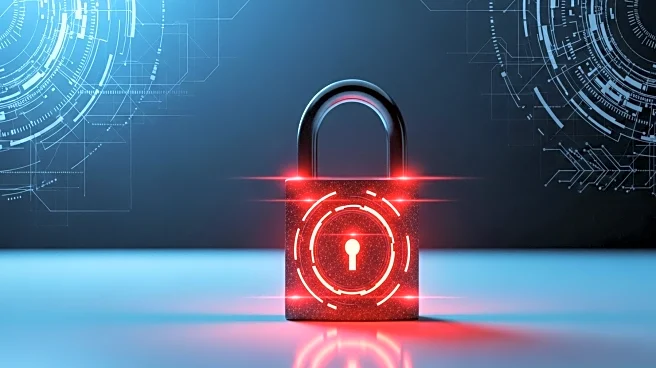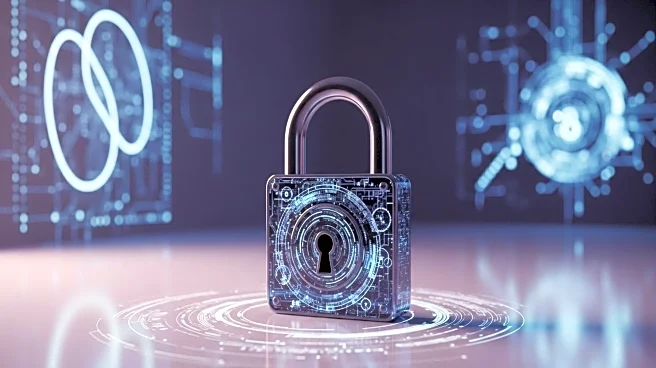What's Happening?
The Akira ransomware group is actively exploiting a SonicWall vulnerability, CVE-2024-40766, which was patched in August 2024. This vulnerability, with a CVSS score of 9.3, involves improper access control in SonicWall firewalls. Akira's campaign targets SSL VPN accounts using one-time passwords for multi-factor authentication. Arctic Wolf reports that the group uses legitimate tools to evade detection, with incidents linked by VPN client logins from VPS hosting providers and network scanning activities. The attackers have been able to circumvent MFA, exploiting devices running SonicOS versions prior to 7.3, which may be susceptible to brute force attacks.
Why It's Important?
The continued exploitation of SonicWall vulnerabilities by Akira ransomware highlights the persistent threat posed by cybercriminals who leverage known weaknesses in security systems. This situation underscores the importance of timely patching and robust security measures to protect sensitive data and systems. Organizations using SonicWall products may face increased risk of data breaches and operational disruptions, emphasizing the need for vigilant monitoring and rapid response strategies. The incident also illustrates the challenges in defending against sophisticated ransomware attacks that utilize legitimate tools to avoid detection.
What's Next?
Affected organizations are likely to enhance their security protocols and conduct audits to identify and mitigate vulnerabilities. SonicWall may issue further updates and guidance to help users protect their systems. Cybersecurity firms and law enforcement agencies may increase efforts to track and disrupt Akira's operations, potentially leading to arrests or other legal actions against the perpetrators.
Beyond the Headlines
The use of legitimate tools by ransomware groups like Akira raises questions about the effectiveness of current security measures and the need for innovative approaches to detect and prevent such attacks. It also highlights the importance of cybersecurity education and awareness among IT professionals to recognize and respond to unconventional attack methods.

